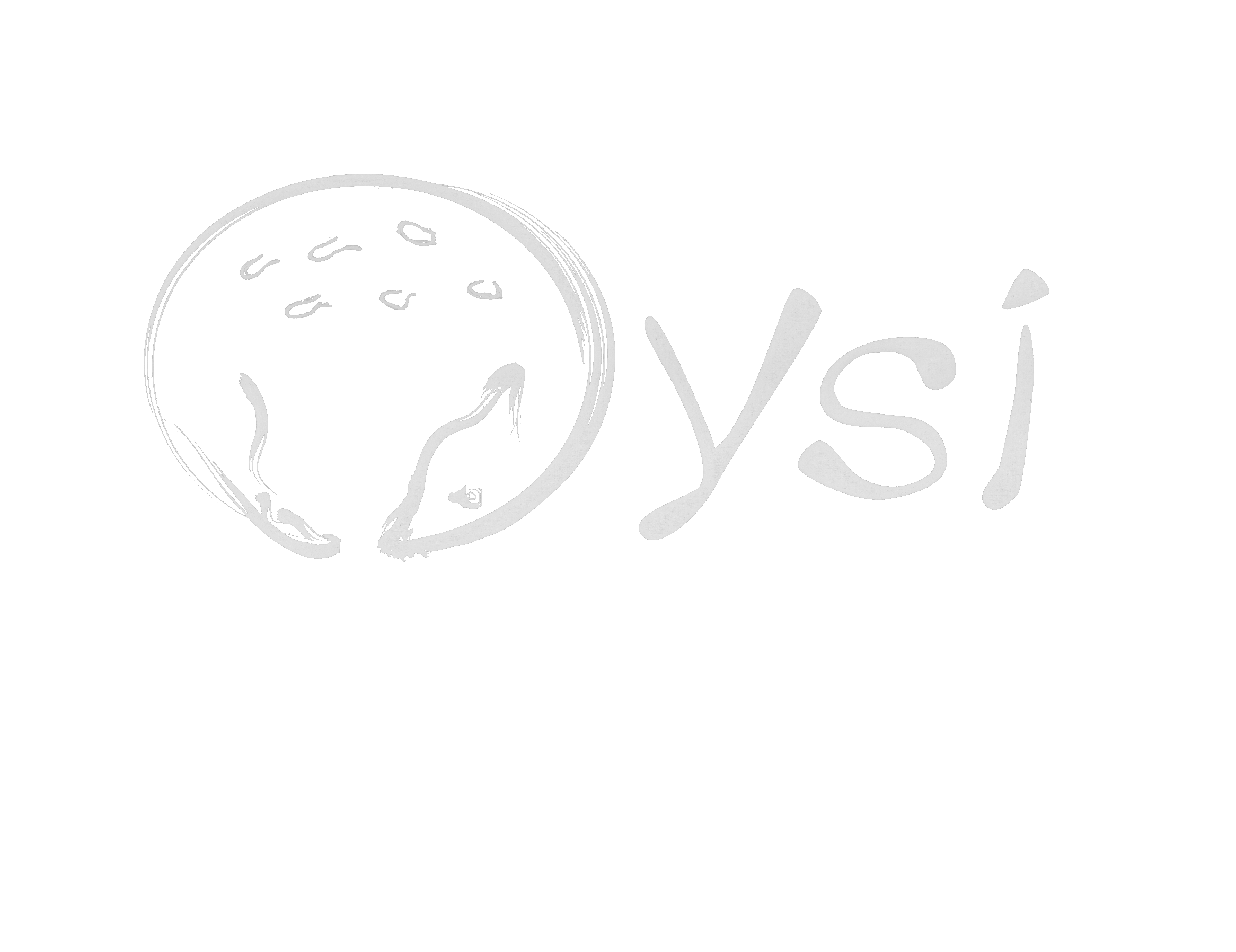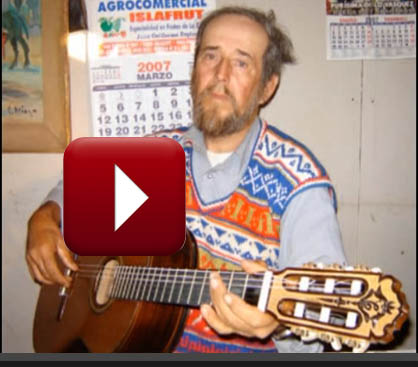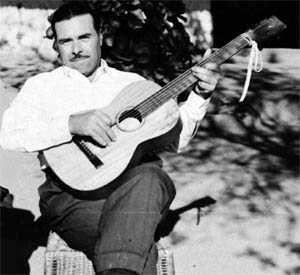Cantores a lo Divino
DESCRIPTION
Share +As seen at the entrance of Cantor to Human / Payador, the Cantor to the Divine integrates the tradition of Song to the ottoman and share almost all musical and morphological characteristics of the former. That is, the forms and poetic styles are coincident with the exception of the cave. However, the subject changes radically, since this type of song deals exclusively with issues or grounds, whether the Old Testament, such as the Creation, Adam and Eve, Cain and Abel, Flood, Kings, Prophets and partriarcas, among others ; or, the New Testament, which are common grounds about the birth of Christ, Annunciation, Mary, Joseph, Magi, Herod Prodigal Son, The Miracles, The Passion, San Pedro, El Bautista, apocalypse and Seven Seals . Close topics such as Sky Train, Genoveva, Wandering Jew and lately facts of life of John Paul II also included. Another fundamental difference with the singing to the human, is that the divine verses are not improvised, but are known by heart, because they must be sung correctly, ie not mix the verses or stanzas and avoid overos sing verses. The development of the texts follows the same conditions as the hymn to humanity, being then glossed encuartetados verses or verses with counteracting and contraverso, see you redoubled, and forced quatrain verses standing besides the verses with sayings. to name a few styles. Although used rebec lesser extent, traditionally this song is accompanied by bass guitar or guitar by running modes and styles themselves singing the human. Equal tunings are used and toquíos in the hymn to the human. Singing to the human has occurrence own domestic rituals of rural popular belief, as wakes angels, novenas of the Child Jesus, the Virgin of Santa Cruz de Mayo, Easter, Easter Negros, etc. In these rites ordered the singers that enruedas or groups that do not exceed 4 or 5 integral meet. if there are more singers, many wheels as necessary are organized. Each wheel lays a foundation or theme, which should not be mean but implicitly. In other words, the singing of a wheel must deduct the topic or founded from the contents of the first stanza sung by the first singer that breaks the song. For this reason, many times the first sing, who sings note, is often cryptic in his introductory verse, so as to make it difficult for the less experienced singers decoding the implicit theme. Unlike the paya and singing to the human, here it is customary for the entire wheel always sing the same intonation imposed guitarist, which is often the same point-singing. The singer of the divine, unlike the singer to the human, not facing counterpoints except one notable exception: the lieutenant Chinese Dance in the region of Valparaíso.
Google Translate article:http://wiki.sigpa.cl/index.php?title=Cantor_a_lo_divino&oldid=15367



 Domingo Pontigo
Domingo Pontigo Honorio Quila
Honorio Quila Alejandro Ramirez
Alejandro Ramirez